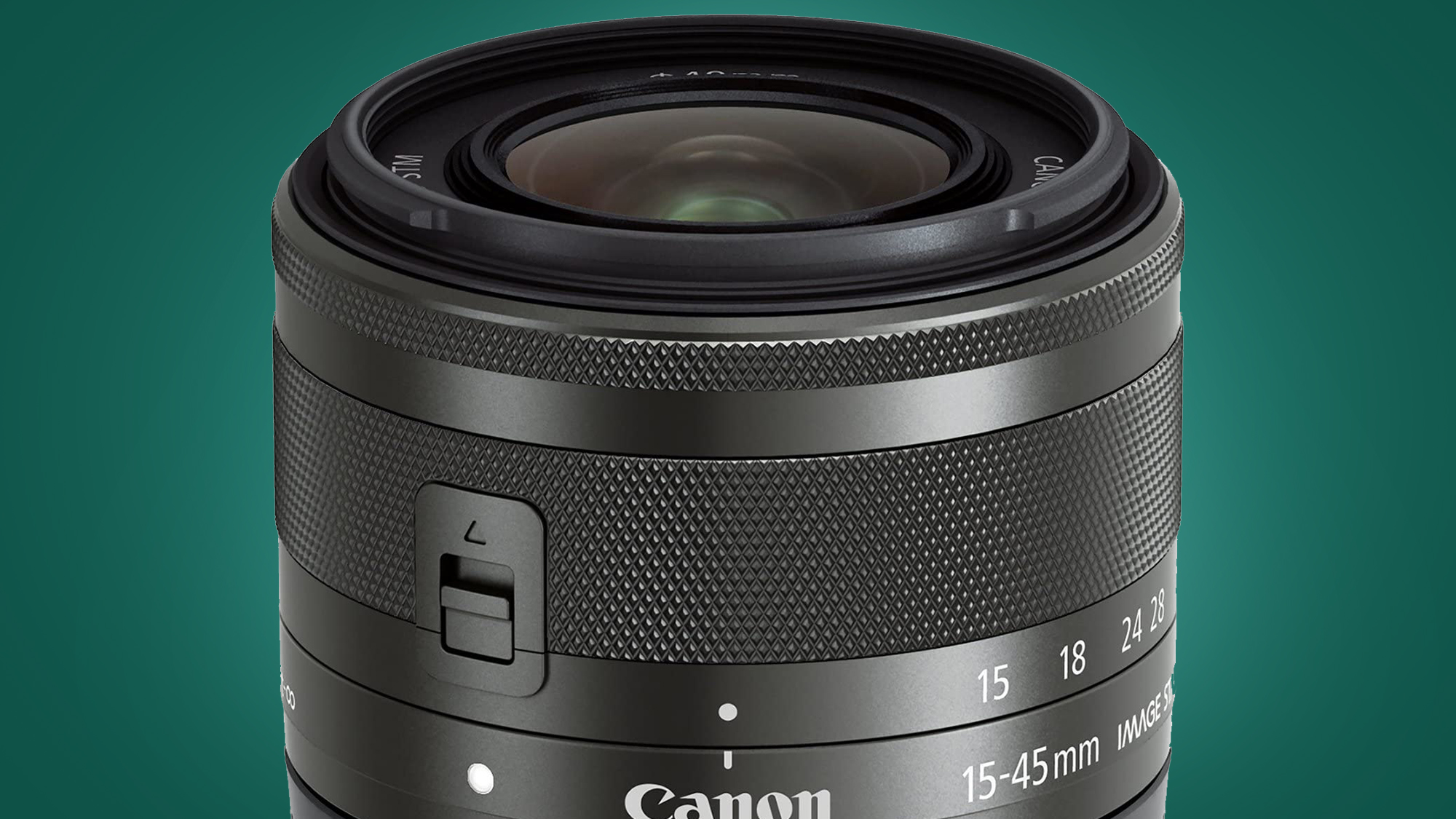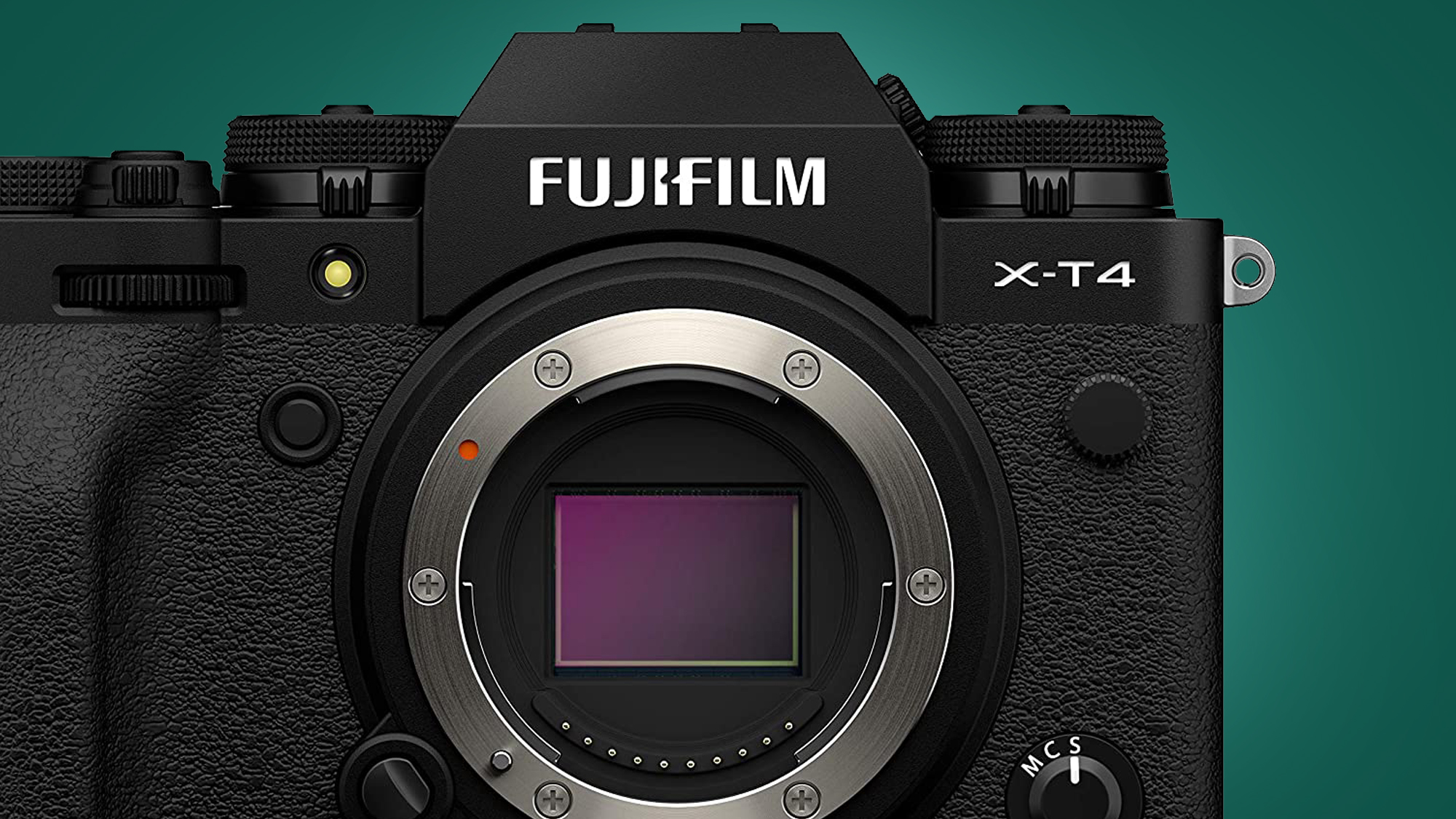Affordable mirrorless cameras have been on tech's endangered species list for the past few years, but it looks like Canon is finally coming to the rescue in WWF-style fashion. If the rumors are true, it's about to launch two new cameras – the Canon EOS R7 and EOS R10 – plus some new lenses, all of which will be aimed at hobbyist photographers. For the many of us with increasingly tight purse strings, it's about time.
Last month, I bemoaned the huge hole in the middle of the camera market where mid-range cameras used to roam. The reasons for this are many, including supply chain issues, chip shortages and a meteor strike called 'smartphones'. But another big factor has been a seeming disinterest from Canon, Sony and Nikon in updating their non-professional cameras.
Enter the Canon EOS R7 and EOS R10. According to Canon Rumors, these two cameras will the first RF-mount models with APS-C sensors, which are smaller than full-frame. This would mean two things. First, they'd almost certainly mark the end of the EOS M series, which launched as Canon's hobbyist series during the geologic age known as 'pre-smartphonian'.
The cameras' APS-C sensors should also make them relatively affordable, at least compared to the rest of Canon's EOS R stable. We don't yet know exactly how affordable, and the Canon EOS R7's rumored specs (32.5MP sensor, in-body image stabilization, twin UHS-II card slots) suggest it won't be cheap. It's expected to be the spiritual successor to the Canon EOS 7D Mark II and EOS M6 Mark II, cameras which launched for $1,799 / £1,599 and $850 / £850 respectively.
But it's the EOS R10 that could be the affordable entry-point into Canon's mirrorless cameras that's been sorely missing. According to Canon Rumors, its specs will be modest, including a 24.2MP APS-C sensor and single UHS-II card slot. But it'll crucially have that RF mount, and should come with a price tag that dips well under the $1,000 / £1,000 mark.
Dynamic range
This is a big deal for photographers who shoot for fun rather than funds. Canon isn't the only camera giant that has, albeit understandably, neglected its mid-range cameras in recent years. We're still waiting to see whether Sony is planning to resuscitate its APS-C lineup, most of which have been out of stock for some time. Nikon has at least given us the lovely Nikon Zfc, but that's about it.
Cameras are only one part of the equation – after all, there's no point in buying an affordable body if you have to spend thousands on lenses. Canon's system also lacks the third-party autofocus lenses that usually provide affordable alternatives to premium, first-party glass. That's why it seems, according to the rumors, that Canon is also preparing to launch a couple of APS-C lenses at the same time as the EOS R7 and EOS R10.

These new lenses will not be barnstorming showcases of the latest lens technology. But the Canon RF-S 18-45mm f/3.5-5 and RF-S 18-150mm f/3.5-6.3 should be ideal starter glass for anyone who wants something that's more capable than their smartphone for wildlife or travel photography. Point-and-shoot cameras may be dead, but there's still very much a place for APS-C cameras and lenses of this kind – which is why Canon is seemingly pushing ahead with this launch, despite letting its EOS M system fall into abeyance.
Canon's plan is, naturally, a long-term one that'll see you tempted into collecting a family of RF lenses down the line. Primes like the Canon RF 50mm f/1.8 STM and RF 35mm f/1.8 IS Macro STM Lens would certainly, in theory, be very nice companions for the EOS R7 and EOS R10. But importantly, the two cameras would lower the barrier to entry to its latest mirrorless tech.
In with the new
This is the main reason why the arrival of the Canon EOS R7 and EOS R10 is so important. Affordable cameras haven't become completely extinct – our guide to the best cheap cameras contains some real bargains. But it has become increasingly difficult to find new, mid-range cameras that offer some of the latest mirrorless advances, like intelligent autofocus.
No-one is expecting the EOS R7 or the EOS R10 to offer the same magical level of Animal Eye AF as the Canon EOS R5. But with a version of Canon's Digic X processors and their smaller APS-C sensors (meaning less data to scan), they should offer a considerable leap over the older Canon EOS M series – and be more than enough for hobbyist snappers.

In the Canon EOS R7's case, that smaller sensor size should also enable some lightning-quick burst shooting speeds. Continuous shooting rates as fast as 30fps are rumored for that camera. If that's the case, expect to see it snapped up by the wildlife photographers in your life.
Perhaps most important of all is the signal that the Canon EOS R7 and EOS R10 would send out for the camera world. Will Sony respond with updated versions of its APS-C E-mount cameras? How much better will Fujifilm's X-series need to get in order to fend off this new threat? The only winner in this situation will be photographers and videographers – and thankfully, our bank balances, too.
from TechRadar - All the latest technology news https://ift.tt/8LVOHWj

0 coment�rios: